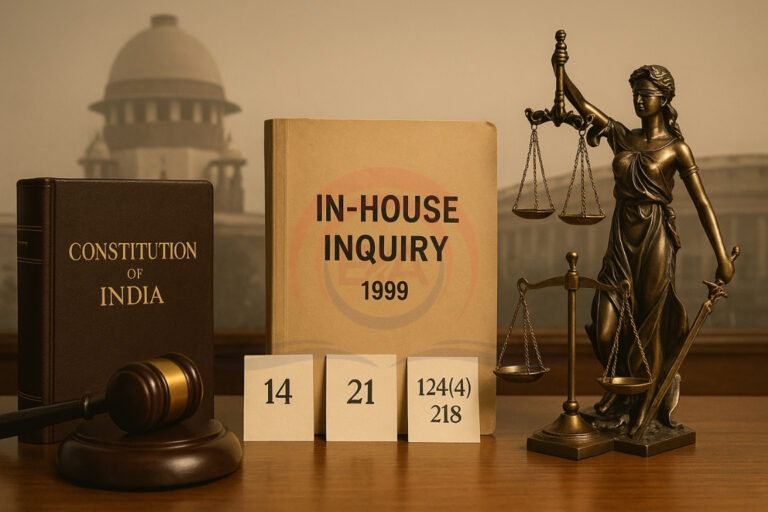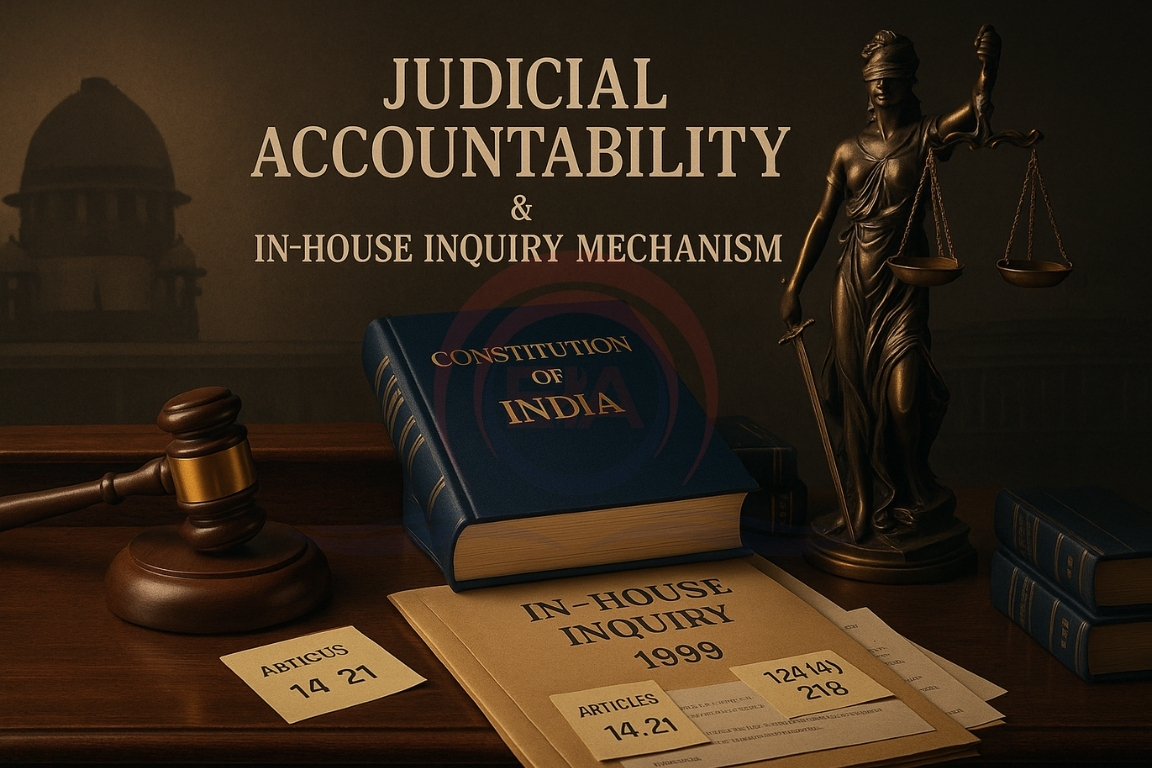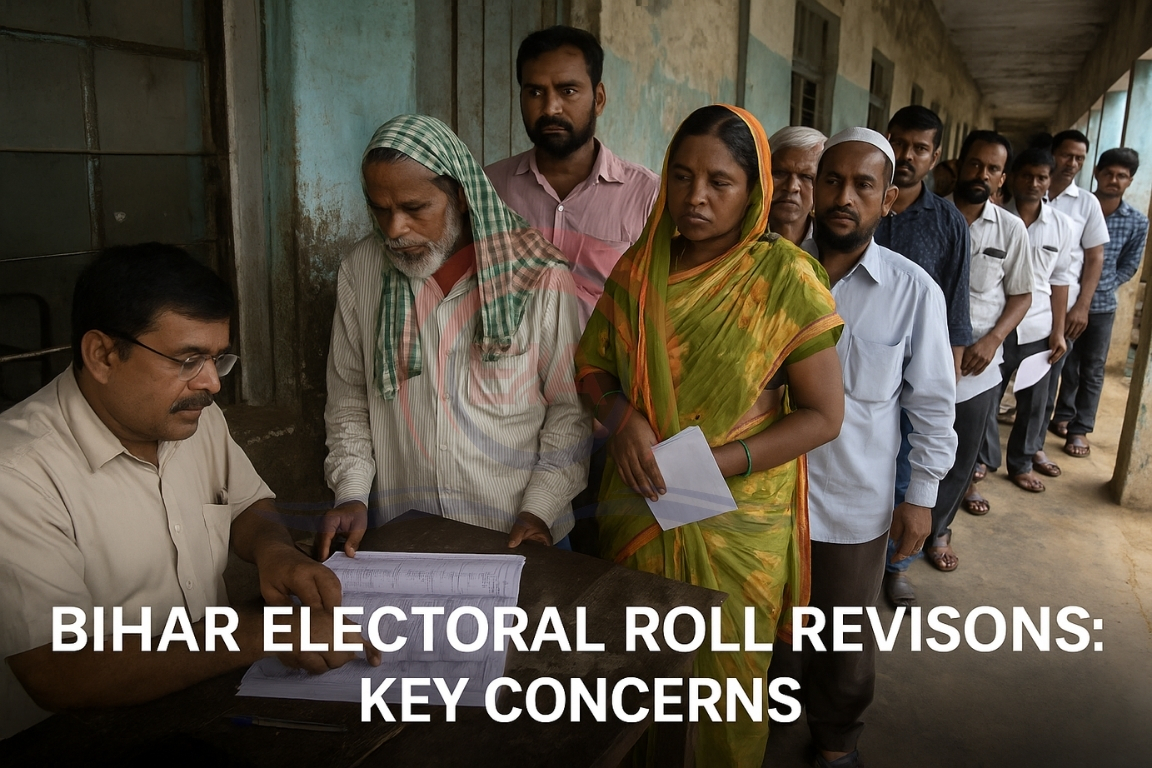The Chief Justice of India has agreed to form a Bench to examine a plea by Justice Yashwant Varma of the Allahabad High Court, who is questioning the legality of the in-house inquiry mechanism used against him. The case has raised important issues about judicial accountability, fairness, and separation of powers.
Background
- In March 2025, unaccounted cash was allegedly found at Justice Varma’s home.
- An in-house inquiry was conducted, and the committee suggested his removal without giving him a personal hearing.
- After his refusal to resign, a motion to remove him was submitted in Parliament.
- This case has opened a debate about judicial independence and internal oversight mechanisms.
What is the In-House Inquiry Mechanism?
- Introduced in 1999 by the Supreme Court to deal with complaints against judges outside the formal impeachment process.
- Complaint Submission: Complaints can be filed with the Chief Justice of India (CJI), the High Court Chief Justice, or the President.
- Initial Review: The High Court Chief Justice seeks a reply from the judge and forwards it to the CJI.
- Inquiry Committee: If needed, the CJI sets up a panel of 2 Chief Justices and 1 High Court judge to investigate.
- Next Steps:
- If the judge is found guilty, the CJI may ask for resignation.
- If the judge refuses, the report is sent to the President and PM for impeachment.

Key Constitutional and Legal Concerns
- No Legal Backing: The in-house mechanism has no mention in the Constitution or law, raising questions under Articles 124(4) and 218.
- Violation of Natural Justice: Justice Varma argues he was not given a fair hearing or access to evidence—violating Articles 14 and 21.
- Separation of Powers: Critics say only Parliament has the authority to remove judges, not the judiciary itself.
Way Forward
- Clear Legal Framework Needed: The process must be legally defined, like the Judges (Inquiry) Act, 1968.
- Ensure Fairness and Transparency: Any internal inquiry must protect the judge’s right to a fair trial.
- Balance is Key: Judicial independence must be protected, but accountability and due process cannot be ignored.
Conclusion:
The case reflects the urgent need for a structured, fair, and transparent way to handle judicial misconduct without compromising judicial independence or the rule of law.





